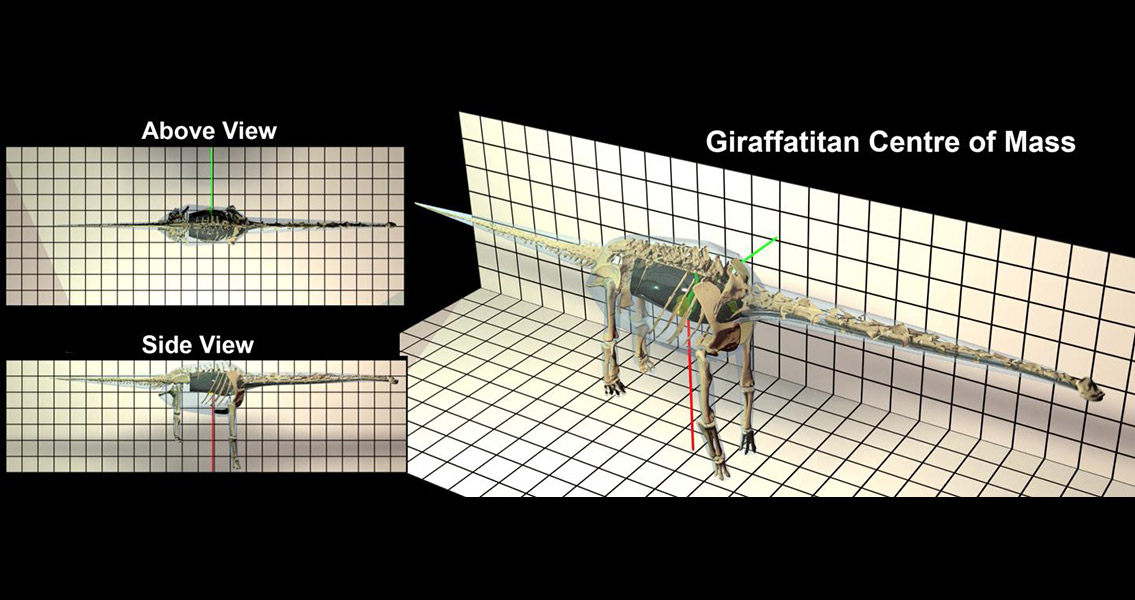<![CDATA[With the largest of their order reaching 30 metres long, sauropod dinosaurs included the largest animals to have ever walked the earth. Immortalised in film, TV and books, the long necked, long tailed but small headed creatures combined a unique body shape with their spectacular size. Until now, however, little research has been done into how the giant creatures' distinctive body shapes evolved, and how they were connected to their gigantic size. Scientists at the University of Liverpool have started to answer these questions about the dinosaurs' evolution, using computer models to plot and analyse how sauropod's size, shape and weight distribution changed over time. Some of the most well known members of the Sauropod order include Diplodocus, Apatosaurus and Brontosaurus. The first examples of the order appeared in the late Triassic period, they were at their most common and widespread during the Jurassic, and went extinct at the end of the Cretaceous, some 65 million years ago. Fossils of the dinosaurs have been found on every continent, with the exception of Antarctica. Sauropods evolved from creatures far removed from the titanosaurs they would eventually become. Their evolutionary ancestors were small and walked on two legs, with long tails and small chests and forelimbs. The team, led by Dr. Karl Bates, estimate that this body shape laid a template for later Sauropods, by concentrating the dinosaur's weight close to the hip joint and helping them balance while walking on their hind legs. According to the team's models, as sauropods evolved to become significantly larger and heavier, they also grew proportionally larger chests and forelimbs. Most uniquely, they also grew a spectacularly long neck. As this growth continued into the Jurassic era, the sauropods increase in size was matched by a shift in weight distribution. Gradually, they shifted from tail heavy two legged animals into four legged, front heavy animals epitomised by the likes of Diplodocus and Apatosaurus - totally quadrupedal sauropods from the Jurassic era. This relationship between size, body shape and weight distribution continued into the Cretaceous period, long after fully quadrupedal sauropods had evolved. This was the time which saw many of the smaller sauropod populations start to die out and new, massive sauropods known as the Titanosaurs come onto the scene. The team's computer models suggest that as sauropods grew in size, they became more and more front heavy as a result of their increasingly long necks. Consequently, titanosaurs evolved the most front heavy body shapes of all sauropods. "As a result of devising these models we were able to ascertain that the relative size of sauropods' necks increased gradually over time, leading to animals that were increasingly more front-heavy relative to their ancestors." explained Dr. Bates in a press release. The new computer model provides an insight into the origins of the largest creatures to ever walk the planet, and how these incredible animals were able to survive. As Dr. Philip Mannion from Imperial College London, a collaborator on the project, explained, "These innovations in body shape might have been key to the success of titanosaurs, which were the only sauropod dinosaurs to survive until the end-Cretaceous mass extinction, 66 million years ago." Image courtesy of Dr Peter L Falkingham (Liverpool John Moores University)]]>
Computer Model Reveals How the Largest Dinosaurs Evolved
